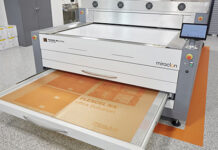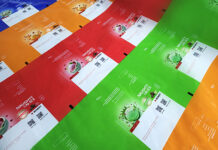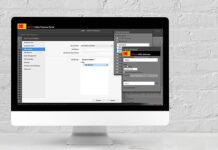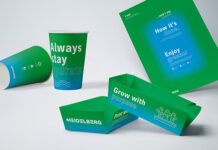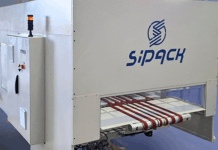Design2Market is Smurfit Westrock’s method that drastically reduces the time needed to develop new packaging by involving the customer as a co-designer. Speed, flexibility, and efficiency are its main strengths.
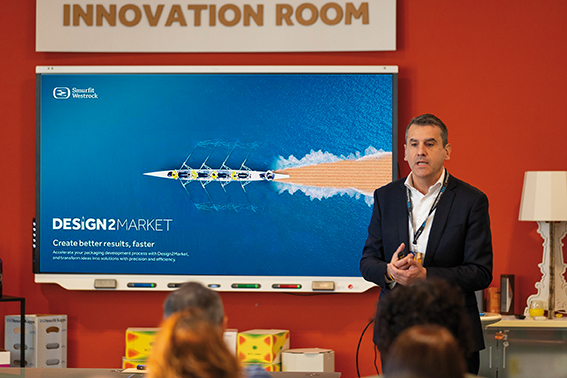
From virtual to real in no time, thanks to a proven approach that fosters close collaboration between designers and clients. It’s a complete end-to-end process, from design brief to market launch, that minimizes the risks typically associated with the introduction of a new product on the market. This is in short the value of Design2Market, the methodology launched by Smurfit Westrock in 2022 and now firmly established and adopted in every country where the paper-based packaging world leader operates.
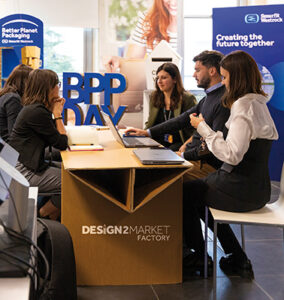
D2M is based on Google Ventures “Design Sprint” framework, which involves short work cycles lasting just a few business days. At Smurfit Westrock, Design Sprint typically lasts around two weeks, enough time to turn ideas into tangible, testable prototypes. While traditional Design Sprints rely on cross-functional teams combining diverse skills to achieve a shared goal, D2M follows the same logic with one key difference: the customer plays an active role in the creative process. Clients join the working groups alongside design, R&D, and marketing experts, bringing in insights that span all business areas, from board composition selection to supply chain and sustainability. Feedback is done by Field Lab, where prototypes are tested in real-world conditions and then quickly validated.
In practice, with a series of “virtual” or in-person meetings over two weeks the project goes from ideas to prototypes and ultimately to the final decision: if the prototype meets expectations, it moves directly to Field Lab for an initial sampling to be tested in the actual market.
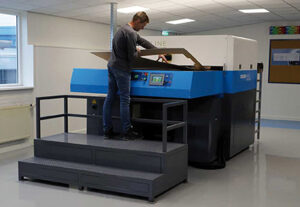
“This approach allows us to drastically shorten development times, from months down to just a few weeks”, comments Gianluca Castellini, CEO of Smurfit Westrock Italy. “Decisions are no longer based on assumptions, but on real-time data and results, reducing uncertainty and improving the quality of strategic choices. It also allows us to test, refine, and adapt packaging on a small scale before full-scale market launch. This approach redefines the role of the customer, no longer just a buyer, but a true partner, actively involved in shaping innovative solutions. One last, but no less important, point, is that Design Sprint and D2M mindset is perfectly aligned with sustainability goals. Both methodologies prioritize long-term thinking and solutions that create value not only through speed and efficiency but also through environmental and community responsibility”.
Since its launch, more than 100 projects have been developed across over 70 clients in Europe, with an implementation rate of 40%.
In Italy, two packaging solutions were recently brought to market for food industry clients. In the first case, a new corrugated cardboard pack was created for sandwiches destined for high-visibility supermarket shelves. The solution helped differentiate the product in the premium segment and was designed for quick assembly, reducing time and material waste in manual packing.
In the second case, a new fresh fruit brand was supported with the design of 12 different corrugated cardboard packaging structures, featuring a distinctive logo and branding graphics that gave the new brand strong personality and shelf visibility. Functionally, the packaging was optimized to reduce material usage, improve in-store visibility, and extend the shelf-life of fresh produce.
In both cases, clients reported an increase in sales volumes, indicating positive reception from end consumers as well.






